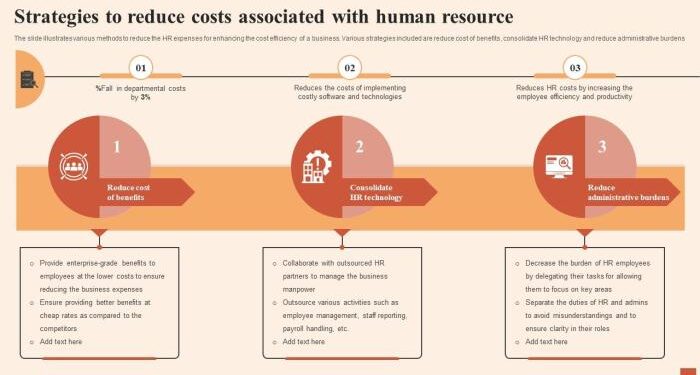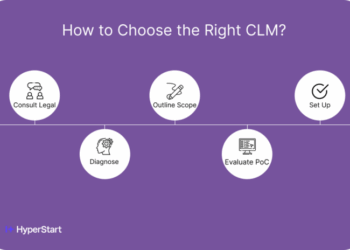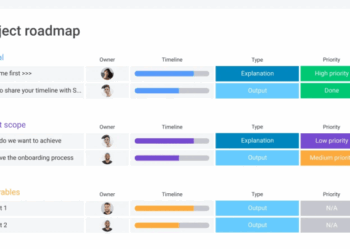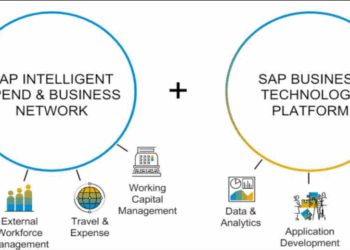Reducing costs through smarter resource management is a vital aspect of any successful business strategy. By efficiently allocating resources and implementing technology-driven solutions, organizations can streamline operations and boost their bottom line. Let's delve into the intricacies of this topic and explore how businesses can optimize their resource utilization for maximum cost savings.
Introduction to Smarter Resource Management
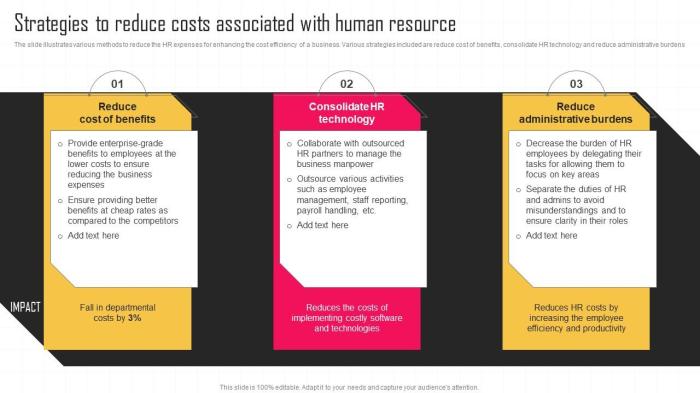
Smarter resource management refers to the strategic utilization of resources in a way that maximizes efficiency and minimizes waste, ultimately leading to cost reduction. This approach involves identifying, allocating, and monitoring resources in a more effective manner to optimize operations and achieve organizational goals.
Efficient resource allocation plays a crucial role in reducing costs for businesses of all sizes. By carefully managing resources such as time, money, manpower, and materials, companies can streamline processes, improve productivity, and enhance profitability. This proactive approach allows organizations to make informed decisions based on data-driven insights and real-time information.
Examples of Resources that can be Managed More Effectively
- Time: Implementing time-tracking tools, setting clear priorities, and avoiding multitasking can help employees manage their time efficiently and increase productivity.
- Money: Conducting regular budget reviews, negotiating better deals with suppliers, and identifying cost-saving opportunities can lead to significant cost reductions.
- Manpower: Proper workforce planning, training programs, and performance evaluations can optimize human resources utilization and enhance overall team efficiency.
- Materials: Inventory management systems, sustainable sourcing practices, and reducing waste can improve resource utilization and minimize unnecessary expenses.
Implementing Technology for Resource Tracking
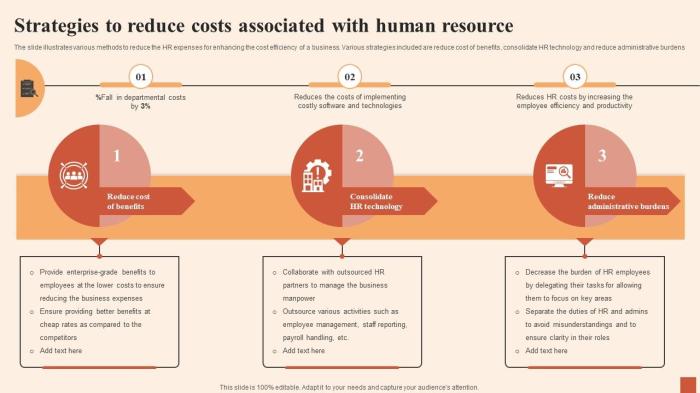
Technology plays a crucial role in tracking and monitoring resources efficiently. By utilizing software tools, businesses can easily identify areas of resource wastage and optimize their utilization for cost reduction.
Popular Resource Management Software
- Oracle Primavera: This software helps in planning, managing, and executing projects effectively by optimizing the use of resources.
- SAP ERP: SAP offers comprehensive resource management solutions that integrate various business processes to enhance efficiency and reduce costs.
- Trello: Trello is a user-friendly project management tool that enables teams to track and allocate resources in a collaborative manner.
- Microsoft Project: Microsoft Project is a powerful software for resource scheduling, allocation, and tracking to ensure optimal resource utilization.
Optimizing Workforce Utilization
Optimizing workforce utilization is crucial for reducing costs and improving efficiency within an organization. By effectively managing your workforce, you can ensure that resources are allocated appropriately and tasks are completed in a timely manner.
Strategies for Optimizing Workforce Utilization
- Implement flexible scheduling to match workforce availability with demand fluctuations.
- Utilize cross-training to increase employee versatility and adaptability to different roles.
- Leverage technology for workforce management to streamline operations and improve productivity.
Benefits of Cross-Training Employees
- Reduces the need for external hiring by utilizing existing talent for various roles.
- Increases employee engagement and satisfaction by offering opportunities for skill development.
- Improves overall workforce agility and responsiveness to changing business needs.
Examples of Successful Workforce Management
- Amazon: Implements cross-training programs to allow employees to work in different departments based on demand.
- Zappos: Utilizes a flexible scheduling system to match employee availability with customer needs.
- Google: Leverages technology for workforce optimization, including AI-powered scheduling tools.
Streamlining Procurement Processes
Streamlining procurement processes is crucial for achieving cost savings within a business. By optimizing the way resources are acquired, companies can reduce unnecessary expenses and improve overall efficiency.
Centralized Purchasing Systems
Implementing centralized purchasing systems can help organizations consolidate their buying power. By centralizing procurement activities, businesses can negotiate better deals with suppliers and take advantage of volume discounts. This approach also enables better tracking of spending and ensures compliance with procurement policies.
Negotiating Better Deals
One effective way to reduce procurement costs is by negotiating better deals with suppliers. By building strong relationships with vendors and leveraging competitive bids, companies can secure lower prices and favorable terms. It's essential to conduct regular supplier evaluations and explore alternative options to ensure the best value for the organization.
Closure
In conclusion, mastering the art of smarter resource management can lead to significant cost reductions and improved efficiency. By embracing innovative technologies, optimizing workforce utilization, and streamlining procurement processes, businesses can pave the way for long-term financial success.
Detailed FAQs
How can cross-training employees help in better resource allocation?
Cross-training employees allows for greater flexibility in assigning tasks, ensuring that resources are utilized efficiently across different functions.
What are some examples of popular resource management software used for cost reduction?
Some popular resource management software includes Trello, Asana, and Microsoft Project, which help in tracking and optimizing resource utilization.
Why is optimizing workforce utilization crucial for reducing costs?
Optimizing workforce utilization ensures that employees are utilized effectively, reducing unnecessary expenses and improving overall productivity.
How can negotiating better deals with suppliers help in reducing procurement costs?
By negotiating better deals with suppliers, businesses can secure lower prices for goods and services, leading to significant cost savings in the procurement process.

